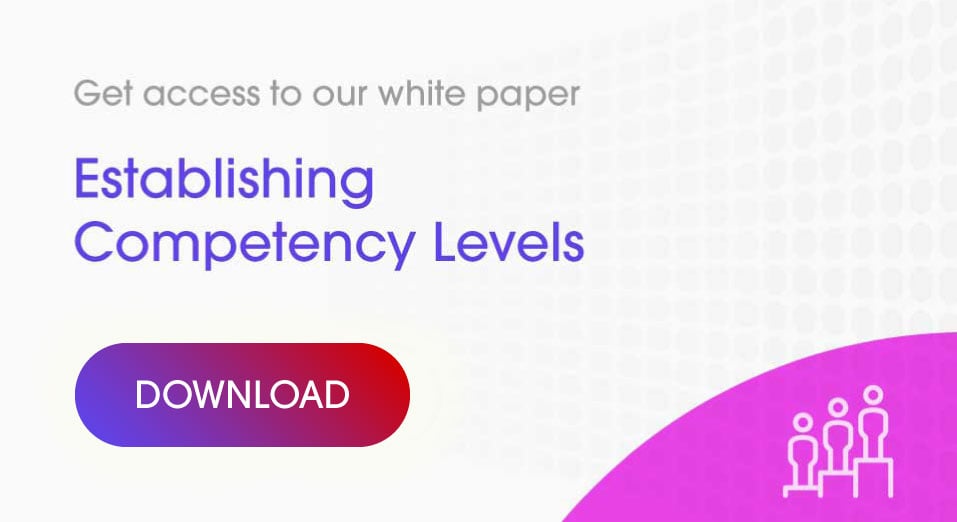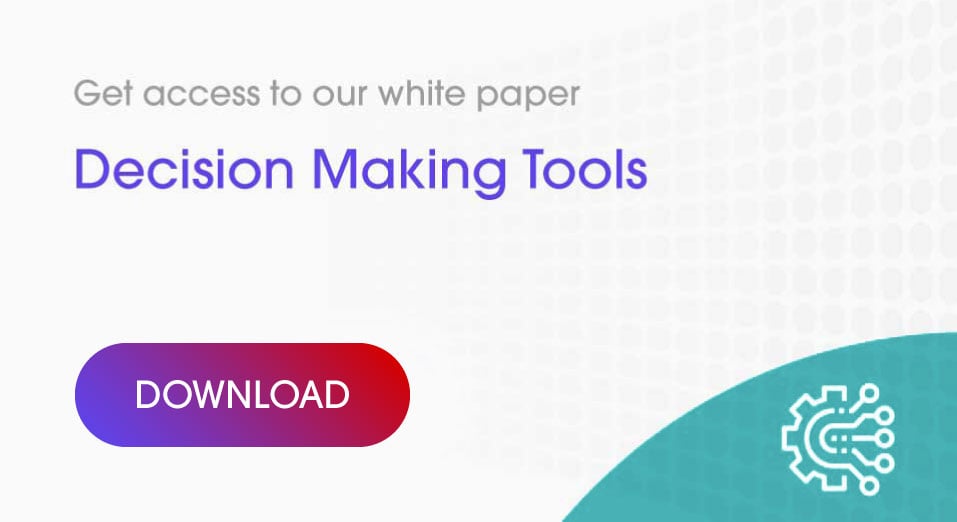Changes in the audience, advances in technology, and restrictions on spending are all having an impact on the learning landscape and how we deliver learning.
The audience is changing
Employees are now taking learning and development into their own hands, in what could best be described as a knowledge-on-demand approach. Learning programs today must meet the needs of the highly mobile, always-on, digital native who prefers bite-sized chunks of content accessible at their convenience.
However, the reality of access to a barrage of information or content does not mean that learning is happening. Learners are demanding easily accessible content that is highly relevant to their business environment in consumable 5-15-minute modules, And, although mobile learning is often done independently, we should not forget the power of social learning. Whether online or face to face, serious games that allow learners to immediately implement the skills in a fun and safe social learning environment has the highest impact.
Advances in technology make this easier – right?
Technology can certainly make programs more easily accessible and processes such as customisation and localisation easier, faster and cost-effective. And technology can support the development of new content, its customisation, localisation, publication, and ultimate usability.
- Video grows ever more popular, providing the perfect mix of entertainment, information, and rich content to engage learners.
- Adaptive learning now uses AI to provide customised, personalised and responsive learning opportunities.
- Virtual and augmented reality are emerging as tools that increase learner engagement and provide the “wow” factor to avoid boredom.
Importantly, usability remains the key driver of the uptake of new technologies. Also, just like our external customers, relevant content is a critical success factor of learning that sticks!
How does budget pressure affect learning in organisations?
A continuous learning culture is the ultimate organisational goal, as the lifespan of skills is much shorter. Making training accessible, meaningful and effective, takes some planning and commitment from the top. But senior leaders face increasing pressure to cut costs and optimise profits, which can affect the training budget.
The recent trend to adapt to this budget pressure is better use of online learning to prepare learners for their classroom sessions, and more thoughtful assessment of knowledge and skills gaps before investing in learning programs.
Face to face sessions require time away from other tasks and carry a cost. Ensuring that the learning is well targeted to the audience and their identified needs and preparing learners with pre-work that is both engaging and meaningful before and after the classroom session makes the time-spent a worthy investment
Much has changed – but this has not
Technology such as the internet and social platforms has brought a surplus of content into the hands of all learners anywhere anytime. However, mere exposure to information doesn’t make people learn. Unless the information is immediately applied and a meaningful benefit is perceived, recipients will quickly forget it.
Throughout history, learning through apprenticeship provided the immediate active application of skills; today this need demands our attention. Pharma sales and marketing personnel may not have the opportunity to physically build a wall or an engine as they might have in a traditional apprenticeship, but they can definitely benefit from the application of acquired knowledge through the use of highly interactive serious games based on real industry data and sophisticated algorithms to make the knowledge stick.
Gamification is a known entity to younger entrants to the workforce and it is a natural extension of other learning options. According to Forbes, [when commenting on the 2019 learning trends to watch out for], claims badges, points, leader boards, and community engagement motivates even the most jaded learner!
Time To Learn
2018 LinkedIn Learning Report, indicated that learners don't always want to learn at work or home and may prefer variety in platforms. Organisations are moving away from top-down-learning solutions via large training departments, to empowering the employees to lead their own learning. However, the number 1 challenge, according to the 2018 LinkedIn Learning Report is that while 68% prefer to learn at work, people also find it hard to make time for learning. The second biggest challenge is getting leaders to take an active role, even though employees would like input from their manager on what to learn.
What is the role of the learning provider?
Internal and external providers of learning programs can help employees filter out what is not needed and focus on what is most relevant to them today.
Learning providers can show how applying this knowledge to the learner’s real environment will bring a positive return.
It is essential to give the opportunity to practice and receive feedback in a safe and supportive environment.
Remember, knowledge is not about knowing, but rather being able to apply knowledge. It is the blend of technology, content, application and social interaction that will form the recipe for success. Designing for the learner at the centre of the experience with the right content, in the right channel at the right time, provides the optimal learning experience.
---
If you are interested in our mobile learning solutions on digital channels, contact Actando.
The Actando Consulting Team













